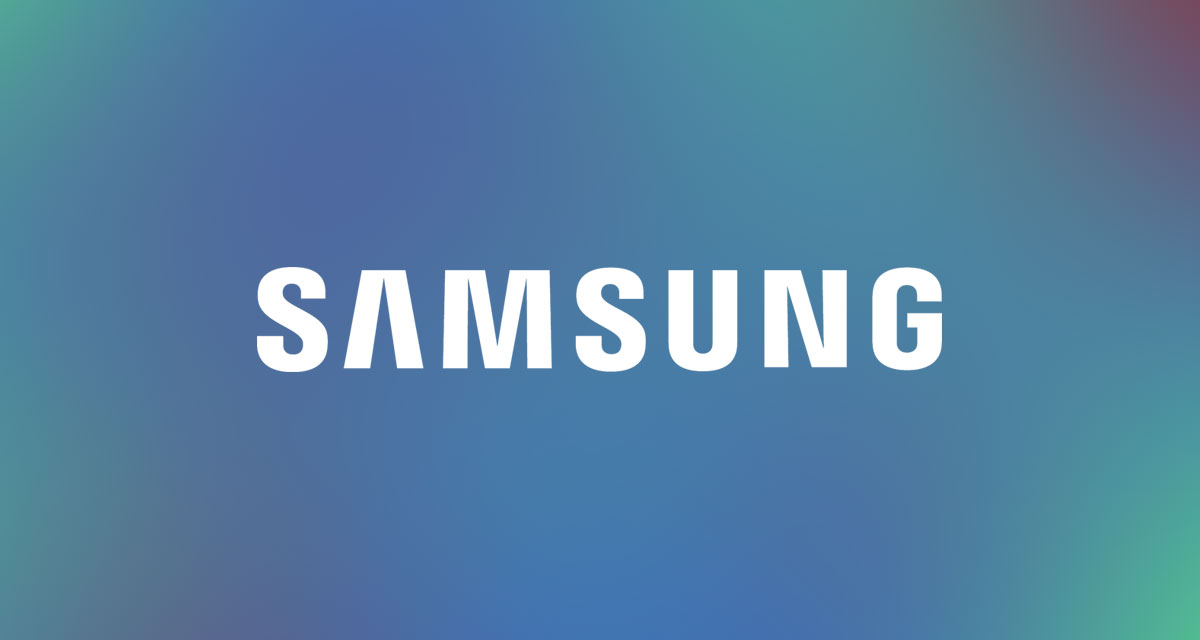The collectors out there will definitely appreciate the smart display box from Nanoleaf and Fantaqi, though I fear the product doesn’t quite hold up to the promise.
The Expo Smart LED Display Case is, well, exactly as described: a way to display your various collections infused with LED lighting to make those collections pop. Created as a collaboration between Nanoleaf and Fantaqi, the Expo display case is very much for the sneakerheads out there (the hardware is labelled “shoe box” during the pairing process), but will work for any collectables that can fit in the 36x25x19cm interior.
I’m not much of a collector myself — at least, not of anything I want on display in one of these boxes — but I immediately see the appeal. It helps that Nanoleaf’s excellent product images show off a myriad of creative ways to use the Expo cases to store and display shoes, books, cameras, plushies and more. But in practice, I found the Expo cases didn’t live up to the promise of Nanoleaf’s beautiful desk setups.

Nanoleaf’s marketing shows much taller display stacks than I’m comfortable making. | Image credit: Nanoleaf.
My first issue was that I didn’t have much to store in them. This is admittedly more of a personal problem as I’m honestly not the intended market for the Expo. I have a sizeable book collection, but it already lives on my bookshelf. Plus, many of the books there are well worn read and wouldn’t look great in a display case. I have a handful of Funko Pop figures I’ve gathered over the years, which work well in the Expo. Perhaps my small collection of old gaming consoles, like the NES and original Game Boy, would fit in there, but those have unfortunately been locked in storage since I moved last year and will likely remain in storage until I find a permanent, toddler-safe home for them.
This brings me to my first real gripe with the Expo box — it feels incredibly flimsy. The Expo boxes are mostly made of white and clear plastic, with some electronics and LED panels jammed in. They come disassembled, so my first interaction with the panels was pulling each piece out of its individual plastic wrapping and then trying to snap the pieces together. It required a surprising amount of force to connect the pieces, and the plastic felt like it would break under the pressure. Thankfully it didn’t, but I was fairly concerned I’d ruin the product before I even got it assembled.

Assembling a Nanoleaf Expo display case.
Moreover, the clear plastic portions are absolute fingerprint magnets. This isn’t a huge dealbreaker, but it’s good to keep in mind if you plan on displaying anything — you’ll need to wipe down the boxes after assembly and likely after any interaction with them.
Once assembled, the individual Expo boxes feel pretty sturdy. However, I was disappointed to discover there wasn’t a great way to secure them together. The display boxes come with plastic ‘linkers’ to connect the electronics together, but the linkers don’t offer any sort of support for the boxes themselves. So if you plan to build a stack of these like Nanoleaf shows in its marketing material — with some showing towers of eight display boxes — you’ll want to invest in something to better secure the boxes to each other or to a wall. Without additional support, the boxes have a concerning amount of wiggle and I could see them tipping over easily, especially if you have pets or, like me, a toddler running about.

One of the ‘linkers’ for connecting the Expo boxes.
Build quality overall leaves a lot to be desired, especially when these boxes start at $399.99 for a four-pack. The Expo cases I assembled had noticeable gaps in some of the panels and some of the pieces don’t line up completely. The LED panels on the roof of the cases also had notable light bleed around the edges, which all contributed to a feeling of cheapness. The doors do sport a nice magnetic latch system, which worked quite well and made closing the cases feel very satisfying. I just wish that same attention to detail was more consistent across the product.
Finally, there’s the ‘smart’ aspect of the Expo display case. Once again, Nanoleaf has let me down here. When I wrote about my issues with the Nanoleaf app at length when I reviewed the company’s Cono and Cup lights last year, and unfortunately, things haven’t gotten better. I initially had several issues attempting to pair the Expo boxes with my Wi-Fi and none of the troubleshooting steps I took helped resolve the problems.

You can see some of the light bleed around the edge of the LED panel.
I eventually gave up trying to pair it and forgot about the display cases for a few days. Then I tried again, and surprisingly, it paired! But I hadn’t tried anything different, and to my knowledge, there was no update to the Nanoleaf app or the Expo boxes that would have changed this behaviour.
The issues I had with the Expo boxes and with other Nanoleaf hardware seem totally random. After I wrote about the Cono and Cup, Nanoleaf asked me to join a support call with them to investigate the issues. But the morning of the call, the pairing issues suddenly resolved, similar to how the Expo boxes suddenly started working this time around. However, since then, the lights’ connectivity and reliability have been mixed, and I’m worried the Expo boxes will be similarly unreliable. And I’m not alone in these problems — whenever I head to the internet to look up pairing errors or search for troubleshooting tips, I come across tons of Reddit posts of people also having issues pairing their Nanoleaf devices.

It’s possible there’s a solution out there I’m missing — maybe there’s something wrong with my router, though I haven’t had any issues with other smart home products on my home internet. I will say that Thread and Matter might help — I have a set of Nanoleaf Christmas lights I used on my Christmas tree this year that wouldn’t pair with my Wi-Fi, but I was able to connect them via Thread and have had no issues using them that way. Ultimately, if tech-savvy people like myself struggle to figure out these issues, I worry that others who pick up Nanoleaf-powered devices and have problems might have an even worse experience. And that makes it really tough to recommend the Expo and other products, especially when they cost as much as they do.
The Nanoleaf x Fantaqi Expo Smart LED Display Case starts at $399.99 in Canada for a four-box ‘Smarter’ kit. Nanoleaf also sells eight-box and 12-box packs for $799.95 and $1,249.90, respectively. Customers who want to expand their Expo setup can buy single-box expansion packs for $99.99.
MobileSyrup may earn a commission from purchases made via our links, which helps fund the journalism we provide free on our website. These links do not influence our editorial content. Support us here.










Leave a Comment